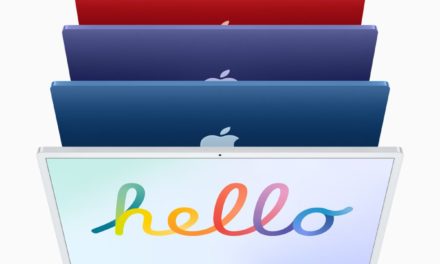Big changes are on the horizon for mobile networks across the U.S., but according to new data from Ting Mobile, a postpaid MVNO mobile phone service, most people have little knowledge of what’s to come or are fuzzy about the details. The data is based on responses from 1,500 mobile phone users across all mobile carriers and was conducted in January.
“The responses to this survey are eye-opening to us, namely because they indicate widespread confusion and misinformation about the status of both 3G and 5G mobile networks,” said Andrew Moore-Crispin, Director of Content at Ting Mobile. “While 17% of the mobile population using 3G doesn’t sound like a lot, that’s over 47 million people whose service could just stop working.”
How does the 3G shutdown affect me?
- 79% of respondents indicated that they had no idea that 3G networks are being phased out across the country
- 83% of all respondents indicated that they are not concerned that 3G is going away
- While only 11% of people surveyed indicated that their phone uses a 2G or 3G network, 74% of people who are on 2G and 66% of people who are on 3G said they are not concerned that it’s going away
- 83% of respondents on a 4G LTE network indicated that they are not concerned that 3G is going away
- 47% of people say they wouldn’t be impacted if 3G was not available where they live
- Only 9% of people learned that 3G is going away directly from their mobile carrier; the remaining 12% of people who knew about the phaseout heard about it from another source
“It’s surprising to see how many 2G and 3G users are unconcerned about their network going away — this could be an indicator that they don’t realize that their mobile devices will likely just stop working one day,” said Moore-Crispin. “People on 4G LTE aren’t in the clear either. To start, many IoT (Internet of Things) devices, like GPS systems, “smart” kitchen appliances or older smartwatches may be running on 3G. Mobile users who are on 4G will also want to check to make sure that their device supports VoLTE, which will become important for maintaining the integrity of calls and phone service after 3G networks are decommissioned.”
What’s this 5G business, anyway?
- 59% of people have heard about the 5G network rollout
- Although there are plenty of new 5G-compatible devices under development, the demand might not be there yet: the majority of survey respondents (31%) indicated that they are “not at all interested” in purchasing a 5G device in the next 6-12 months. In fact, 74% of those polled ranged from being completely disinterested to a neutral position.
- There seems to be a lot of confusion over who can actually access 5G networks at this point in time. For example:
- 19% of iPhone users indicated that their phone supports 5G; however, none of the iPhone models currently available are 5G-capable.
- 28% of people who bought their current phone two or more years ago indicated that their phone supports 5G; however, precisely 0% of phones sold two years ago were 5G compatible.
- 43% of people surveyed said that they would expect a 5G network to be much faster than what they experience now; most seem unaware that the speeds you’ll see today depend on a wide range of factors including your carrier and exact location. The blazing-fast millimeter wave speeds many people associate with 5G are currently only available in a few pockets like stadiums and small urban areas.
“The takeaway here is simple: we’re just not there yet with 5G, so it’s advisable to wait on a 5G phone purchase for now,” said Moore-Crispin. “A lot of carriers are invoking the name of 5G in marketing materials right now, but the reality is that the 5G service that’s actually available is very limited and not yet up to the speeds that it eventually promises to be. This has clearly created some consumer confusion over who is actually on a 5G network, versus with a carrier who is working to roll out 5G.”
For more information about Ting’s 3G/5G Survey, visit: https://ting.com/blog/3g-5g-mystery/.






